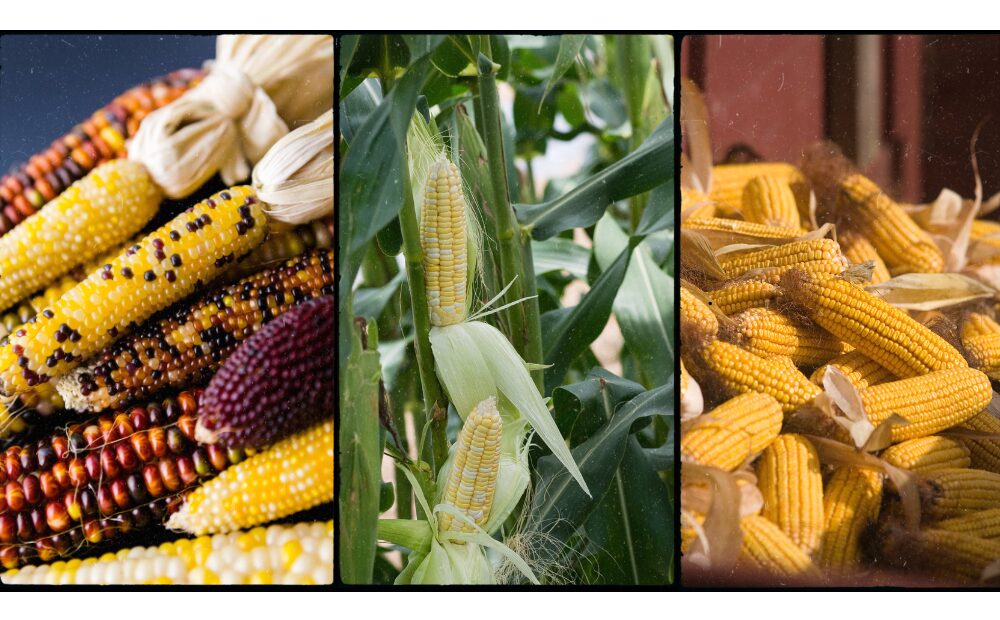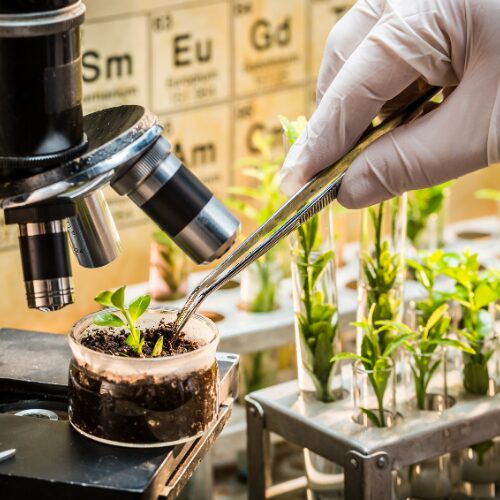Table of Contents
- Introduction
- What is the Three Sisters Planting Method?
- Historical Background and Cultural Significance
- Benefits of the Three Sisters Planting Method
- How to Implement the Three Sisters Planting Method
- Choosing the Right Varieties
- Common Challenges and Solutions
- Modern Applications and Variations
- FAQs
In the gritty world of modern gardening, where techniques often prioritize efficiency and yield over tradition, the Three Sisters planting method stands as a time-honored practice rooted in sustainability and cultural wisdom. This ancient Native American agricultural technique harmonizes the growth of corn, beans, and squash, creating a mutually beneficial relationship among the plants that enhances soil health, improves crop yield, and embodies the spirit of companion planting. Whether you’re an experienced gardener seeking to embrace traditional methods or a beginner eager to explore new planting techniques, understanding the Three Sisters method offers invaluable insights into sustainable gardening.
Historical Background and Cultural Significance
The Three Sisters planting method has deep roots in Native American agriculture, particularly among the Iroquois, Hopi, and other indigenous tribes of North America. This technique is more than just an agricultural practice; it is a reflection of cultural values and spiritual beliefs that emphasize harmony, sustainability, and respect for the land.
The Iroquois Legend

The story of Sky Woman and her daughter is an integral part of the Iroquois creation myth, deeply tied to the Three Sisters planting method. According to the legend, Sky Woman fell from the sky and landed on the back of a giant turtle, creating Turtle Island, which became the Earth. After her descent, Sky Woman gave birth to a daughter, who was gifted with great knowledge and wisdom. In time, Sky Woman’s daughter became pregnant with twins, who were destined to bring balance to the world. However, this balance was achieved through duality, as the twins symbolized the forces of good and evil. The right-handed twin was born in the natural way and embodied the good, bringing harmony and positive creation to the world. The left-handed twin, however, was born through his mother’s armpit, causing her death, and represented chaos and mischief.
From her burial site, three sacred plants grew: corn, beans, and squash, symbolizing her nurturing spirit and the interconnectedness of life. These plants, known as the Three Sisters, provided sustenance and guidance to the people, embodying the values of cooperation and community. The story of Sky Woman and her daughter serves as a powerful reminder of the interconnectedness of nature, the dual nature of creation, and the importance of living in harmony with the Earth.
The Iroquois legend of the Three Sisters personifies the crops as three inseparable sisters who support and protect one another. According to the legend, the corn provides strength and structure, the beans offer sustenance and stability, and the squash shelters and nurtures, embodying the essence of community and cooperation.
Cultural Practices
The Three Sisters method was traditionally taught through oral tradition and practiced as a communal activity. Planting these crops together was not only a practical agricultural technique but also a way to pass down cultural knowledge and strengthen community bonds.
Sustainability and Resilience
The Three Sisters method exemplifies sustainable agriculture, emphasizing the importance of biodiversity, soil health, and ecological balance. This approach aligns with modern principles of permaculture and regenerative farming, offering timeless insights into sustainable food production.
How to Implement the Three Sisters Planting Method
Implementing the Three Sisters planting method requires careful planning and consideration of factors such as soil quality, planting timing, and spacing. Follow these steps to successfully establish a Three Sisters garden:
1. Choose the Right Location
Select a sunny location with well-drained soil for your Three Sisters garden. The site should receive at least six to eight hours of direct sunlight per day and have good air circulation to prevent disease.
2. Prepare the Soil
Prepare the soil by tilling or loosening it to a depth of at least 12 inches. Incorporate organic matter, such as compost or well-rotted manure, to improve soil fertility and structure. Test the soil pH and adjust as needed to achieve a pH level between 6.0 and 7.0.
3. Plant the Corn
Begin by planting the corn, which will serve as the foundation for the Three Sisters method. Create small mounds or hills spaced about 4 feet apart, with each mound containing four to six corn seeds. Plant the seeds about 1 inch deep and water thoroughly.
4. Plant the Beans
Once the corn reaches a height of 6 to 8 inches, plant the beans around the base of each corn mound. Plant four to six bean seeds evenly spaced around each mound, ensuring they are close enough to climb the corn stalks as they grow.
5. Plant the Squash
Plant the squash seeds around the perimeter of each mound, about 18 inches away from the corn and beans. Plant two to three squash seeds per mound, ensuring they have enough space to spread and cover the ground.
6. Maintain the Garden
Maintain the Three Sisters garden by providing consistent moisture, particularly during dry periods. Mulch around the plants to conserve moisture and suppress weeds. Monitor for pests and diseases, and take appropriate action to protect the plants.



Common Challenges and Solutions
1. Corn Stability
Corn may be susceptible to wind damage, particularly in exposed areas. Planting in sheltered locations and ensuring proper spacing can help stabilize the corn. Additionally, planting multiple rows of corn can provide added support.
2. Bean Growth
Beans may struggle to climb corn stalks if the corn is not tall or sturdy enough. Ensure the corn is well-established before planting the beans, and consider using additional supports if needed.
3. Squash Spacing
Squash plants require ample space to spread and may crowd out other plants if not properly spaced. Plant squash at the recommended distance and prune excess foliage if necessary to maintain balance in the garden.
4. Pest and Disease Management
The dense foliage of the Three Sisters garden can create a humid environment that encourages pests and diseases. Regularly inspect plants for signs of trouble and implement integrated pest management strategies to address issues promptly.




The Three Sisters planting method is a testament to the wisdom and ingenuity of traditional agricultural practices. By embracing this symbiotic approach to gardening, you can create a thriving ecosystem that enhances soil health, maximizes yield, and celebrates the rich cultural heritage of Native American agriculture. Whether you’re a seasoned gardener or a beginner, the Three Sisters method offers valuable lessons in sustainability, cooperation, and the interconnectedness of nature.
This post may contain Amazon Affiliate links which means I may receive a commission for purchases made through links. Learn more on my Private Policy page.
Mama of two grown men and a furry baby named Wolf (who may or may not be the wildest one in the house!). When I'm not getting on my son's nerves by begging for grand babies or chasing business ventures, I'm on the hunt for the perfect taco. Warning: laughter and the occasional curse word are guaranteed!

